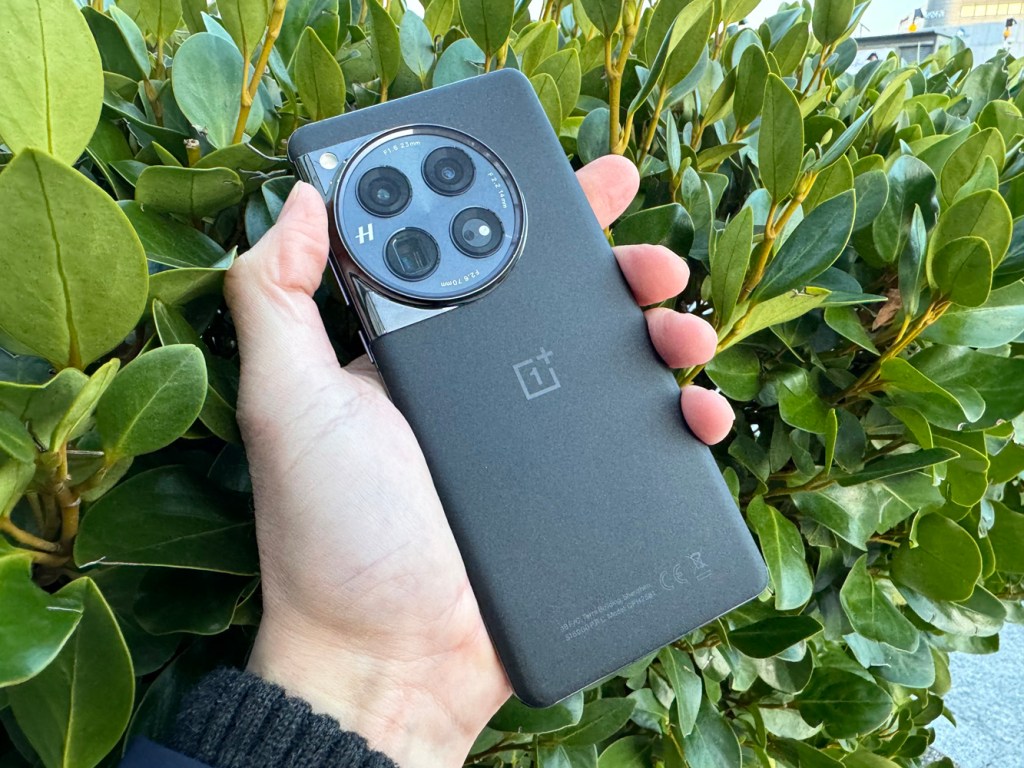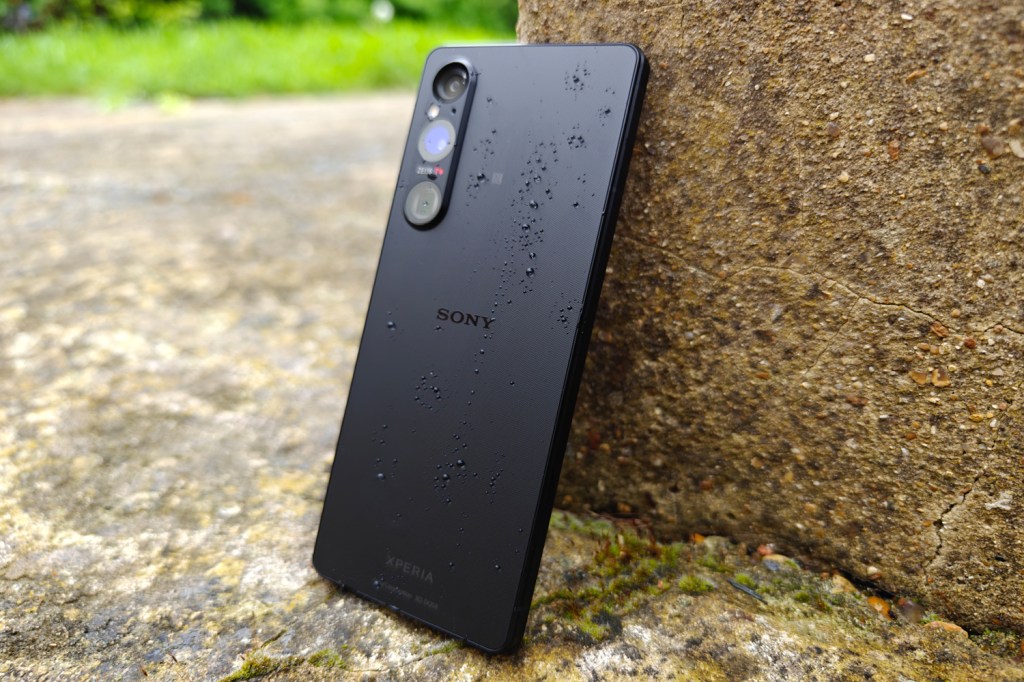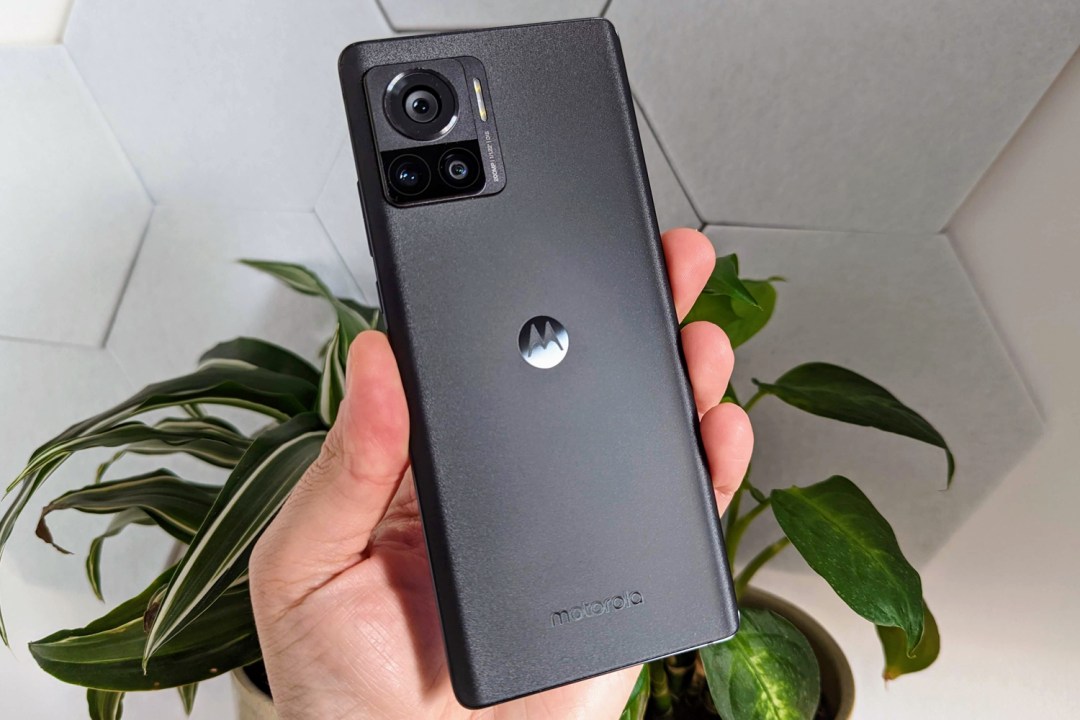In the market for an Android upgrade? Competition has never been stiffer, with all manner of makers vying for your prestigious pocket space – making selecting the best Android phone a tricky task.
With every phone under the sun wanting to be named the best smartphone on sale, you might feel spoilt for choice. We’re here to help. We’ve tested all of the latest Android handsets and rated our favourites in the list below. That includes premium flagships from the likes of Google, Samsung and Sony, plus a handful of more affordable Android alternatives.
Whether you’re ready to shell out on a top-end telephone or shopping for maximum value from a mid-range mobile, the list below will help you find your ideal Android phone.
Why you can trust Stuff: Our team of experts rigorously test each product and provide honest, unbiased reviews to help you make informed decisions. For more details, read how we test and rate products.
Quick list: what’s the best Android phone?
The best Android phones you can buy today:
1. Samsung Galaxy S24 Ultra
| Samsung Galaxy S24 Ultra specs | |
|---|---|
| Screen | 6.7in 2796×1290 OLED HDR, 460ppi |
| Processor | A17 Pro |
| RAM | 8GB |
| Storage | 256GB/512GB/1TB56GB/512GB/1TB |
| Software | iOS 17 |
| Cameras | 48+12+12MP (rear), 12MP (front) |
| Battery | 4,441 mAh (est.) |
| Dimensions | 76.7×159.9×8.25mm, 221g |
Want the ultimate Android smartphone experience, the Samsung Galaxy S24 Ultra is your best option. Clad in Gorilla Glass Armor glass set in a titanium frame, it feels equal parts premium and rugged in the hand. Its sizeable 6.8in AMOLED display is sublime on the eyes, and finally swaps curved edges for a flat panel. That makes it a perfect pairing to the bundled S Pen stylus.
Productivity is also boosted by genuinely helpful on-device AI abilities. Performance elsewhere is peerless, courtesy of a Snapdragon 8 Gen 3 CPU running at higher speeds than any rival. The Ultra simply whizzes through almost every app, task and game. The top-spec S24 gets an overhauled zoom camera, with a higher pixel count sensor and 5x optical zoom doing a better job in low light than last year’s model, although the 200MP main snapper, 12MP ultra-wide and 10MP 3x zoom stay the same. That means rivals have caught up, and in some cases exceeded, Samsung for picture quality. There’s very little in it, though.
You’ll pay handsomely for the privilege of squeezing an S24 Ultra into your pocket. But if you’re willing to do so, your reward will be the best Android smartphone you can buy right now.

2. Google Pixel 9 Pro
| Google Pixel 9 Pro specs | |
|---|---|
| Screen | 6.3in, 1280×2856, 1-120Hz AMOLED |
| Processor | Google Tensor G4 |
| RAM | 16GB RAM |
| Storage | 128/256/512GB/1TB |
| Software | Android 14 |
| Cameras | 50MP + 48MP + 48MP (rear), 42MP (front) |
| Battery | 4700mAh w/ 27W wired, 21W wireless charging |
| Dimensions | 152.8x72x8.5mm, 199g |
The Google Pixel 9 Pro sets a new standard for Pixel smartphones, offering cutting-edge tech wrapped in a new, more premium design. For those of us who’ve craved a smaller device without compromising on performance, this new Pro model is a game-changer, blending the best camera tech, AI smarts, and an exceptional battery, into the more compact 6.3in size.
The design is great, with straight edges, a matte glass back, and a new pill-shaped camera island that highlights Google’s focus on photography. It feels lovely in hand and is more durable than previous models, with IP68 water resistance and a refined colour palette.
The Actua display is a standout, offering incredible brightness and vibrant colours, even outperforming the iPhone 15 in direct sunlight. Paired with a 120Hz refresh rate, every swipe is buttery smooth. As expected, the camera system is top-tier, especially the upgraded 48MP ultrawide and periscope telephoto lenses. AI-driven tools like Magic Editor make editing photos effortless, while new features like ‘Add Me’ let you appear in group shots post-capture.
However, charging speeds lag behind competitors, and it’s pricier than previous Pixel models. But with seven years of software updates, premium design, and AI-powered performance, we feel the Pixel 9 Pro is a worthy investment for those who want a compact yet powerful flagship smartphone. Google has truly stepped into the high-end space with this one.

3. Samsung Galaxy A55
| Samsung Galaxy A55 specs | |
|---|---|
| Screen | 6.6in, 2340×1080 AMOLED w/ 120Hz |
| Processor | Samsung Exynos 1480 octa-core |
| Memory | 8/12GB RAM |
| Storage | 128/256GB on-board, microSD expansion |
| Cameras | 50MP, f/1.8 w/ PDAF, OIS + 12MP, f/2.2 ultrawide + 5MP, f/2.4 macro rear 32MP, f2.2 front |
| Operating system | Android 14 w/ OneUI |
| Battery | 5000mAh w/ 25W wired charging |
| Dimensions | 161x77x8.2mm, 213g |
Want the Samsung prestige without the high-end price tag? Then the A55 is a budget contender worthy of your shortlist. With a price tag well below the lofty heights of the Galaxy S24 range, this is a super affordable handset which sacrifices some flagship style and power, while still providing a solid smartphone experience.
One of its standout features during our review was its sharp, punchy screen, along with its capable multi-lens camera system, with a decent selfie camera to boot. And unlike previous A series phones (which massively disappointed on the power front), we’re pleased to report that the A55’s Exynos 1480 CPU and 8/12GB of RAM make for a far smoother experience.
Throw in reasonably fast (though far from groundbreaking) 25W charging, and you’ve got yourself a more affordable Samsung handset that provides the highly coveted Samsung-esque experience, at a far more palatable price.

4. Google Pixel 8a
| Google Pixel 8a specs | |
|---|---|
| Screen | 6.1in, 2400×1080 OLED w/ 120Hz |
| CPU | Google Tensor G3 octa-core |
| Memory | 8GB RAM |
| Cameras | 64MP, f/1.9 main w/ OIS + 13MP,f/2.2 ultrawide rear 13MP, f/2.2 front |
| Storage | 128/256GB |
| Operating system | Android 14 |
| Battery | 4,492 mAh w/ 18W wired, 7.5W wireless charging |
| Dimensions | 152.1 x 72.7 x 8.9mm, 188 g |
The Pixel 8a is part of Google’s affordable ‘A’ series, which promises a similar Pixel experience to its more expensive siblings for less money. We think this makes it a superb bang-for-buck option. And there’s lots to love here.
From its impeccable camera skills and punchy performance to a minimalist Pixel design and pure Android experience, this could be the ultimate choice for Google fans. Previous Pixel A phones had a few specs that lagged behind some of the competition, but the latest 8a has fixed that, making it unquestionably the best mid-range smartphone around.
Okay, the charging speeds remain slightly behind rivals, and not all AI features are available to buyers in the UK and Europe, but unless you’re willing to spend nearly double the money on a flagship with even more versatile cameras, the Pixel 8a is everything you’ll ever need.

5. OnePlus 12
| OnePlus 12 specs | |
|---|---|
| Screen | 6.8in, 3168×1440 AMOLED, 120Hz |
| Processor | Qualcomm Snapdragon 8 Gen 3 |
| RAM | 12/16GB |
| Storage | 128/256/512GB |
| Software | Android 14 with OxygenOS |
| Cameras | 50+64+48MP rear, 32MP front |
| Battery | 5000mAh w/ 100W wired, 50W wireless charging |
| Dimensions | 164x76x9mm, 220g |
Delivering killer specs at a competitive price point, we think the OnePlus 12 hits another home run—though perhaps not quite as far out of the park this time, due to a price hike compared to last year’s model. Its all-screen frontage still fits the modern mould, and the tactile matte back adds a premium feel. The display itself is outstanding, with dynamic refresh rates ranging from 1 to 120Hz, ensuring smooth performance across the board.
The trademark alert slider instantly marks it as a OnePlus device, while the Hasselblad branding on the distinctive circular camera bump hints at enhanced photography features. In our experience, the results are great in most conditions, with Pro and 12-bit RAW+ modes offering serious flexibility for photography enthusiasts. Low-light performance has also seen a noticeable improvement over last year.
Performance-wise, the OnePlus 12 is predictably superb, handling everything we threw at it with ease. Battery life was impressively frugal during our tests, and when the 5000mAh cell did run out, the 100W SuperVooc charging had it back to full in just over half an hour. If you’re after a flagship bargain, we believe the OnePlus 12 comfortably undercuts every major big-screen rival.

6. Xiaomi 14 Ultra
| Xiaomi 14 Ultra specs | |
|---|---|
| Screen | 6.73in, 3200×1440 AMOLED w/ 1-120Hz LTPO, 3000 nits |
| Processor | Qualcomm Snapdragon 8 Gen 3 |
| RAM | 16GB RAM |
| Storage | 512GB |
| Software | Android 14 w/ HyperOS |
| Cameras | 50+50+50MP+50MP (rear), 32MP (front) |
| Battery | 5000mAh w/ 90W wired, 80W wireless charging |
| Dimensions | 161x75x9.2mm, 229.5g |
The Xiaomi 14 Ultra is a knockout in the smartphone world, particularly for photography enthusiasts. Sporting a robust quad-camera setup co-designed with Leica, this phone lets you capture images with a detail and richness that rivals many traditional cameras. The variable aperture on the main lens is especially impressive, allowing users to control depth of field like a pro. We’re a fan of the optional Photography Kit too – it’s more than a gimmick; it turns the phone into a handheld DSLR with physical controls and even filter attachments. It’s pricey, yes, but if photography is a top priority, this accessory is a must.
Beyond the camera, the Xiaomi 14 Ultra holds its own with a vibrant 6.73-inch display that melds the best of flat and curved screens. Performance-wise, it’s all muscle, powered by the Snapdragon 8 Gen 3 chip and a solid cooling system that keeps it running smoothly, even under heavy gaming. Battery life is decent but doesn’t quite match some rivals. We wish it had squeezed in a larger battery like its China-only sibling.
This phone isn’t for everyone; if you just want a solid, high-performing smartphone, you’ll find more affordable options. But if photography is your passion, the Xiaomi 14 Ultra feels like a camera disguised as a phone – in all the best ways. It’s a major investment, but for us, it feels justified.

7. Sony Xperia 1 V
| Sony Xperia 1 V specs | |
|---|---|
| Screen | 6.5in, 1644×3840 OLED, 120Hz |
| Processor | Qualcomm Snapdragon 8 Gen 2 |
| RAM | 12GB |
| Storage | 256GB |
| Software | Android 13 |
| Cameras | 52+12+12MP (rear), 12MP (front) |
| Battery | 5000mAh |
| Dimensions | 165x71x8.2mm, 185g |
Sony’s top-spec smartphones aren’t for everyone. But if you’re happy to pay for the privilege, the Xperia 1 V is a phenomenally capable Android handset. A flagship in all respects, it delivers exceptional performance, a cinematic 4K display and day-long battery life, all wrapped up in distinctively slick packaging.
Android puritans will be pleased by its light-touch interface, but photographers are the true target market: rapid burst shooting, expansive manual options and stellar image quality make it a win for serious snappers. As well as a continuous optical zoom lens, which lets you get closer to subjects without the need for digital trickery, it benefits from an all-new main sensor that fares better in low light. Photography fans with deep pockets won’t be disappointed.

8. Nothing Phone 2
| Nothing Phone 2 specs | |
|---|---|
| Screen | 6.7in, 2410×1080 LTPO AMOLED, 120Hz |
| Processor | Qualcomm Snapdragon 8+ Gen 1 |
| RAM | 8/12GB |
| Storage | 128/256/512GB |
| Software | Android 13 with NothingOS 2.0 |
| Cameras | 50+50MP (rear), 32MP (front) |
| Battery | 4700mAh |
| Dimensions | 162x76x8.6mm, 201g |
Nothing took everything we liked about the wallet-friendly Phone 1 and ramped it up a little bit for the sequel – without going into full-on flagship territory. Phone 2 is packing last year’s flagship CPU as a result, but that’s still plenty of performance for the cash.
Improvements have been made to pretty much every area: the screen is larger, with skinnier bezels; the battery is bigger, lasts longer and charges faster; the pair of 50MP rear cameras have uprated image processing; and NothingOS 2.0 is as cohesive and complete as any Android skin we’ve used this year. The Google Pixel 7 still edges it on the photography front, but for sheer pocket presence Phone 2 is a genuine alternative.

8. Motorola Edge 30 Ultra
| Motorola Edge 30 Ultra specs | |
|---|---|
| Screen | 6.67in, 1080×2400 pOLED, 144Hz |
| Processor | Qualcomm Snapdragon 8+ Gen 1 |
| RAM | 8/12GB |
| Storage | 128GB/256GB/512GB |
| Software | Android 12 |
| Cameras | 200MP+50MP+12MP (rear), 60MP (front) |
| Battery | 4610mAh |
| Dimensions | 162x74x8.4mm, 199g |
It’s been a while since Motorola was top of the handset pack, but the new Motorola Edge 30 Ultra is a superb smartphone that wins back plenty of street cred for the Moto brand. It’s got practically everything going for it, including a premium build, a very capable camera setup (including a pixel-packed 200MP main camera and 60MP selfie cam), along with insanely nippy 125W fast charging. Oh, and a punchy pOLED display with a super-slick 144Hz refresh rate. Phew.
Our only minor gripes are the lack of a waterproof build and expandable storage. Zoom fans will also find the 2x optical zoom lacking. For everyone else though, this is an absolutely cracking handset, especially for the price. Well done Moto.

9. OnePlus Open
| OnePlus Open specs | |
|---|---|
| Screen | 7.82in, 2440×2268 AMOLED, 120Hz (main), 6.3in, 2484×1116 AMOLED, 120Hz (cover) |
| Processor | Qualcomm Snapdragon 8 Gen 2 |
| RAM | 16GB |
| Storage | 512GB |
| Software | Android 13 with OxygenOS 13 |
| Cameras | 48MP+64MP+48MP (rear), 20MP+32MP (main/front) |
| Battery | 4805mAh |
| Dimensions | 153x143x5.8mm (unfolded), 245g |
Oneplus came out of nowhere with the Open, bringing a fantastic form factor, superb snappers and some of the best software to truly take advantage of the large internal screen. That’s because the phone is badged as an Oppo Find N3 elsewhere in the world, with the parent company having tested the water with several foldable generations already.
It has great battery life, fast wired charging, and a fantastic design to boot. The fact this is cheaper than either Samsung or Google’s efforts makes it something of a smartphone slam dunk. This really is the best folding phone you can buy.
If you’re looking to save money you can read Stuff’s guide to the best cheap smartphones.


